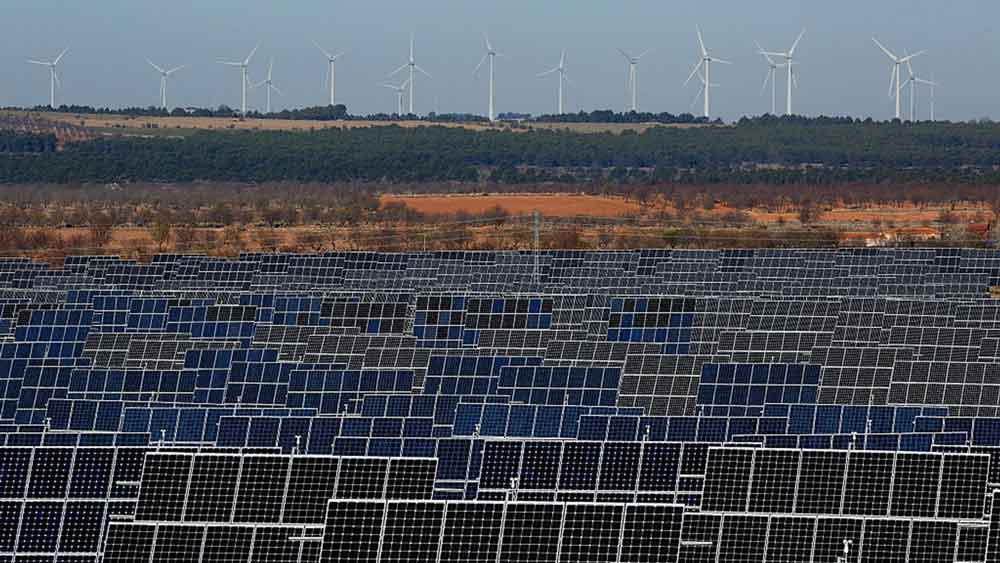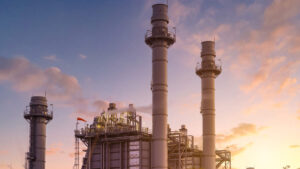Energy transition to drive oil and gas mergers and acquisitions

Upstream oil and gas mergers and acquisition activity is likely to be driven by the energy transition Pic: Getty Images
The transition towards lower carbon or even net-zero carbon energy is expected to be a major factor in the future of Australia’s upstream oil and gas mergers and acquisitions picture.
Wood Mackenzie says the oil price crash in March and the impact from the COVD-19 pandemic have sharpened upstream operators’ strategies and highlighted the need for portfolios to be robust through the cycles.
This has already resulted in up to $US10bn ($13.9bn) in assets being put on the market in Australia with more on the way.
The consultancy noted that in the short term, the renewed emphasis on portfolio rationalisation and deleveraging balance sheets was pushing non-core assets onto the market.
However, it is the long-term factor of the energy transition that is expected to have far wider-ranging impacts.
Woodmac believes that these three factors could propel a further $US17bn of assets into Australia’s upstream M&A market.
Lower carbon goals
“The goals of most upstream operators are getting simpler: squeeze maximum value from existing operations, and divest mature, non-core, onstream low-margin and/or carbon-intensive assets where possible,” Woodmac senior analyst David Low said.
The increased scrutiny on carbon emissions is transforming the upstream corporate landscape with European majors highlighting their ambitions to restructure their portfolios to be more resistant to future change while setting new business priorities and goals such as achieving net-zero carbon emissions.
BP has outlined concrete plans to slash oil and gas production by 40 per cent and focus on clean energy with the goal of achieving net zero emissions by 2050, while French supermajor Total has flagged a focus on liquefied natural gas and renewables in the coming decade.
“A lighter upstream carbon footprint is essential to achieving this goal. The majors’ Australasian portfolios are up to two times more carbon-intensive compared to their global average,” Low added.
“If energy transition targets are to be hit, this means more upstream M&A activity in region.”
Australian assets for sale?
Woodmac noted that BP, Total and Shell all hold Australian LNG assets with high carbon footprints, alongside ambitious goals to increase their global LNG portfolios.
It also identified four buyer types – infrastructure funds and utilities, institutional investors and private equity, domestic buyers, and regional buyers.
“But this range of buyers does not mean it will be easy to transact in this market. One of the biggest challenges we see is price discovery. Asset prices have unsurprisingly trended down post-crash, albeit with far less overall deal-flow,” Low said.
“The implied long-term oil price within recent transactions is around $US50 per barrel of oil price equivalent (boe), down from around $US60/boe in 2019.
“The majors have also emphasised that there will be ‘no fire-sales’ and if internal asset valuations are not met, they simply will not sell.”
Woodmac questioned if there was a ‘Plan B’ for unwanted and/or mature assets, noting that valuations are unlikely to increase as production depletes and the industry moves further on the energy transition journey.
It added that the next 12 months would determine if companies choose to be price setters or price takers.
“We have reached a turning point, with new players poised to enter and many of the upstream pioneers of the region under pressure to re-shape portfolios. The question now is, how fast will this transformation happen?” Low concluded.
Related Topics

UNLOCK INSIGHTS
Discover the untold stories of emerging ASX stocks.
Daily news and expert analysis, it's free to subscribe.
By proceeding, you confirm you understand that we handle personal information in accordance with our Privacy Policy.








